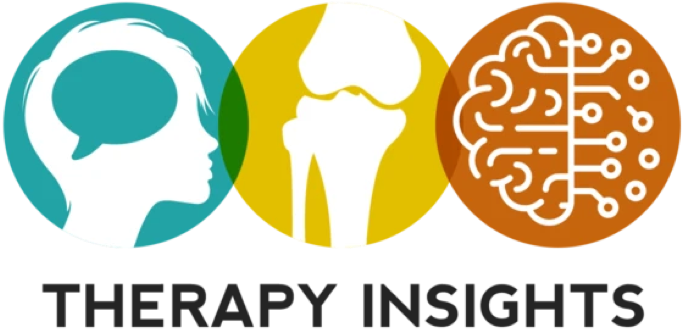Sternal Precautions
January 9, 2022 by Megan Berg.
This guide to sternal precautions is designed for patient and caregiver training, and includes graphic and written instruction and current research. The handout also includes alternatives that may be discussed with a surgeon if there is a concern about dependence on caregivers, muscle atrophy, fear-avoidance, or memory impairment that will reduce adherence to precautions.
